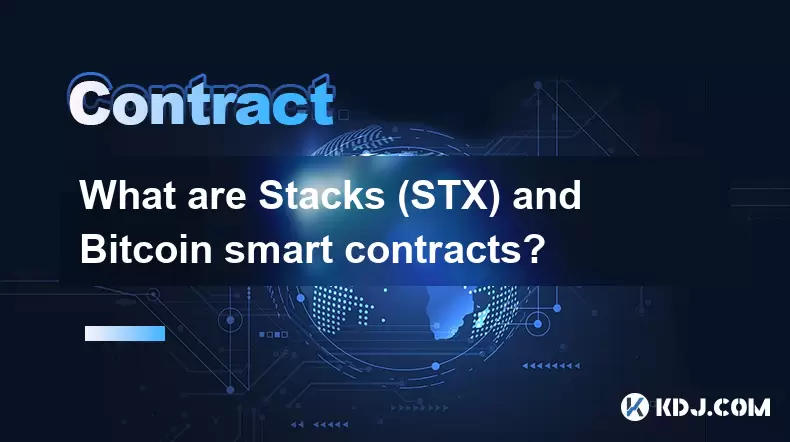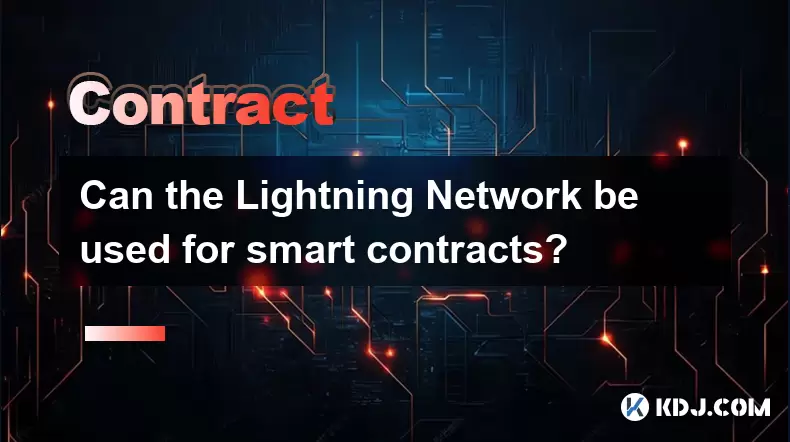-
 Bitcoin
Bitcoin $118,209.3536
1.16% -
 Ethereum
Ethereum $3,151.7546
5.98% -
 XRP
XRP $2.9277
2.35% -
 Tether USDt
Tether USDt $1.0000
0.00% -
 BNB
BNB $689.7099
1.26% -
 Solana
Solana $163.4270
1.91% -
 USDC
USDC $1.0000
0.02% -
 Dogecoin
Dogecoin $0.1983
3.74% -
 TRON
TRON $0.3008
0.51% -
 Cardano
Cardano $0.7435
2.86% -
 Hyperliquid
Hyperliquid $47.6547
-0.48% -
 Stellar
Stellar $0.4625
2.79% -
 Sui
Sui $3.9921
2.71% -
 Chainlink
Chainlink $16.0608
4.23% -
 Hedera
Hedera $0.2348
1.56% -
 Bitcoin Cash
Bitcoin Cash $496.6985
1.25% -
 Avalanche
Avalanche $21.9038
5.41% -
 UNUS SED LEO
UNUS SED LEO $8.8356
-1.88% -
 Shiba Inu
Shiba Inu $0.0...01364
5.31% -
 Toncoin
Toncoin $3.1102
4.35% -
 Litecoin
Litecoin $95.9756
3.59% -
 Polkadot
Polkadot $4.0925
5.78% -
 Monero
Monero $333.7622
-1.44% -
 Uniswap
Uniswap $9.1968
2.25% -
 Bitget Token
Bitget Token $4.6378
6.23% -
 Pepe
Pepe $0.0...01282
6.77% -
 Dai
Dai $1.0002
0.03% -
 Ethena USDe
Ethena USDe $1.0005
0.00% -
 Aave
Aave $329.9143
4.49% -
 Bittensor
Bittensor $441.4995
6.89%
What are Stacks (STX) and Bitcoin smart contracts?
Stacks (STX) enables smart contracts and dApps on Bitcoin, offering DeFi, NFTs, and DAOs with Bitcoin's security via Clarity and PoX consensus.
Jul 16, 2025 at 01:29 pm

Understanding Stacks (STX) and Its Role in the Blockchain Ecosystem
Stacks (STX) is a blockchain platform designed to enable smart contracts and decentralized applications (dApps) that are securely anchored to Bitcoin. Unlike other blockchains that operate independently, Stacks builds directly on top of Bitcoin, allowing developers to create programmable financial tools and apps while benefiting from Bitcoin’s unparalleled security and decentralization.
The native token of the Stacks blockchain is STX, which plays multiple roles within the ecosystem. It is used for executing smart contracts, participating in Proof-of-Transfer (PoX) consensus, and as a medium for governance and value transfer.
The Relationship Between Stacks and Bitcoin
One of the most unique aspects of Stacks is its direct connection to Bitcoin (BTC). The Stacks blockchain processes transactions and executes smart contracts, but it uses Bitcoin as the underlying layer for final settlement and security. This means that every action taken on the Stacks blockchain is ultimately verified and secured by the Bitcoin network.
This relationship is made possible through a consensus mechanism called Proof-of-Transfer (PoX). In PoX, miners bid STX tokens to mine new blocks, and the BTC they pay is transferred to STX token holders who participate in the consensus process. This allows users to earn Bitcoin rewards simply by holding STX and supporting the network.
How Smart Contracts Work on Stacks
Smart contracts on the Stacks blockchain are written in a language called Clarity, which is designed to be predictable, secure, and human-readable. Clarity differs from Ethereum's Solidity in that it emphasizes explicit execution paths, reducing the risk of unexpected behaviors or vulnerabilities.
Developers can deploy smart contracts on Stacks to build decentralized finance (DeFi) protocols, NFT marketplaces, and Web3 applications. These contracts interact with Bitcoin through transaction finality guarantees provided by the underlying Bitcoin blockchain. For example, a DeFi app built on Stacks could allow users to lend and borrow wrapped Bitcoin (wBTC) without leaving the security of the Bitcoin network.
Use Cases Enabled by Bitcoin Smart Contracts via Stacks
By enabling smart contracts on Bitcoin through Stacks, developers can unlock a wide array of use cases previously exclusive to other blockchains like Ethereum. Some notable examples include:
- Decentralized Finance (DeFi): Users can engage in lending, borrowing, and yield farming using Bitcoin-backed assets.
- Non-Fungible Tokens (NFTs): Artists and creators can mint NFTs directly on Bitcoin through the Stacks layer.
- DAOs and Governance: Communities can build autonomous organizations governed by smart contracts executed on Stacks.
- Token Launches and Crowdfunding: Projects can raise funds through token sales backed by Bitcoin’s robust infrastructure.
These applications are secured by Bitcoin without requiring any changes to its base protocol. Instead, Stacks serves as an execution layer that extends Bitcoin’s capabilities in a trust-minimized manner.
Setting Up a Stacks Wallet and Interacting with dApps
To start interacting with the Stacks ecosystem, users need a compatible wallet. Here’s how to get started:
- Download and install the Hiro Wallet (formerly Blockstack Wallet) from the official website.
- Create a new wallet or import an existing one using your recovery phrase.
- Fund your wallet with STX tokens to pay for transactions and smart contract interactions.
- Connect your wallet to Stacks-based dApps such as Alex, Arkadiko, or Hiro Swap.
- Explore available features like staking, trading, or minting NFTs directly on Bitcoin.
Each interaction requires gas fees paid in STX, which helps maintain network stability and prevent spam. Additionally, users can stack their STX to earn Bitcoin rewards during each reward cycle.
Frequently Asked Questions (FAQ)
Q: Can I run a node on the Stacks blockchain?
Yes, you can run a full node or participate in mining through the Proof-of-Transfer (PoX) mechanism. Running a node contributes to network security and decentralization.
Q: Is Clarity the only programming language supported for Stacks smart contracts?
Currently, Clarity is the only officially supported language for writing smart contracts on Stacks. Its design prioritizes safety and predictability over flexibility.
Q: How does Stacks ensure compatibility with Bitcoin upgrades?
Stacks operates as a separate chain with its own upgrade path. However, since it anchors to Bitcoin, it benefits from Bitcoin’s immutability and security without interfering with its core protocol.
Q: Are there any risks involved in stacking STX for Bitcoin rewards?
Stacking involves locking up STX tokens for a set period. While it is generally safe, users should be aware of market volatility and lock-up durations before committing their tokens.
Disclaimer:info@kdj.com
The information provided is not trading advice. kdj.com does not assume any responsibility for any investments made based on the information provided in this article. Cryptocurrencies are highly volatile and it is highly recommended that you invest with caution after thorough research!
If you believe that the content used on this website infringes your copyright, please contact us immediately (info@kdj.com) and we will delete it promptly.
- Bitcoin, Crypto, and Rate Cut Hopes: A Bullish Brew for the Summer?
- 2025-07-17 00:30:12
- Swedish Refine Group's $1M Bitcoin Treasury Strategy: A Growing Trend
- 2025-07-17 00:30:13
- Avalanche Onchain Insights: Token Relations Unveils Comprehensive Dashboards
- 2025-07-16 22:50:13
- Standard Chartered's Crypto Leap: Regulated Trading and Stablecoin Focus
- 2025-07-16 23:30:13
- Rare Coin Alert: Darwin, Ipswich, and Hidden Treasures!
- 2025-07-16 23:30:13
- Shiba Inu vs. Remittix: Can Remittix Deliver Gains Faster?
- 2025-07-16 23:35:13
Related knowledge

What is a stablecoin-margined contract vs a coin-margined contract?
Jul 15,2025 at 06:36pm
Understanding the Difference Between Stablecoin-Margined Contracts and Coin-Margined ContractsIn the world of cryptocurrency derivatives, margin plays...

How to backtest a Bitcoin futures trading strategy?
Jul 15,2025 at 11:35am
Understanding Bitcoin Futures TradingBitcoin futures trading involves contracts to buy or sell Bitcoin at a predetermined price and date in the future...

Psychology of trading Bitcoin contracts
Jul 13,2025 at 02:50am
Understanding the Emotional Rollercoaster of Bitcoin Futures TradingBitcoin contract trading, especially in the form of futures, introduces a high lev...

Can the Lightning Network be used for smart contracts?
Jul 14,2025 at 11:28pm
Understanding the Lightning Network's Core FunctionalityThe Lightning Network is a second-layer solution built on top of blockchain protocols like Bit...

How does macroeconomic news affect Bitcoin futures prices?
Jul 15,2025 at 04:56pm
Understanding the Relationship Between Macroeconomic News and Bitcoin FuturesBitcoin futures are derivative contracts that allow traders to speculate ...

Best time of day to trade Bitcoin contracts?
Jul 13,2025 at 05:29am
Understanding Bitcoin Contracts and Their VolatilityBitcoin contracts, particularly futures contracts, are derivative instruments that allow traders t...

What is a stablecoin-margined contract vs a coin-margined contract?
Jul 15,2025 at 06:36pm
Understanding the Difference Between Stablecoin-Margined Contracts and Coin-Margined ContractsIn the world of cryptocurrency derivatives, margin plays...

How to backtest a Bitcoin futures trading strategy?
Jul 15,2025 at 11:35am
Understanding Bitcoin Futures TradingBitcoin futures trading involves contracts to buy or sell Bitcoin at a predetermined price and date in the future...

Psychology of trading Bitcoin contracts
Jul 13,2025 at 02:50am
Understanding the Emotional Rollercoaster of Bitcoin Futures TradingBitcoin contract trading, especially in the form of futures, introduces a high lev...

Can the Lightning Network be used for smart contracts?
Jul 14,2025 at 11:28pm
Understanding the Lightning Network's Core FunctionalityThe Lightning Network is a second-layer solution built on top of blockchain protocols like Bit...

How does macroeconomic news affect Bitcoin futures prices?
Jul 15,2025 at 04:56pm
Understanding the Relationship Between Macroeconomic News and Bitcoin FuturesBitcoin futures are derivative contracts that allow traders to speculate ...

Best time of day to trade Bitcoin contracts?
Jul 13,2025 at 05:29am
Understanding Bitcoin Contracts and Their VolatilityBitcoin contracts, particularly futures contracts, are derivative instruments that allow traders t...
See all articles

























































































